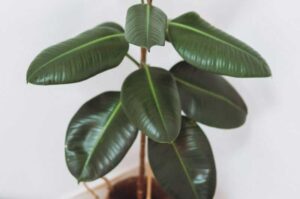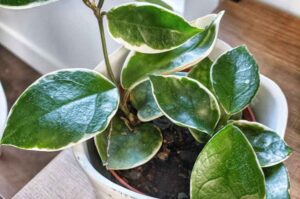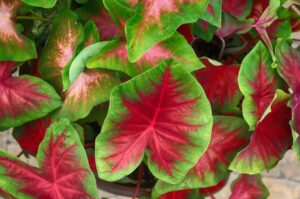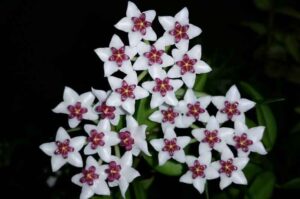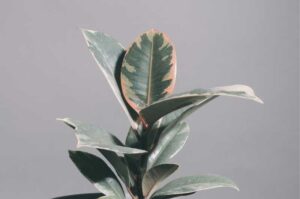Ponytail palm top broke off- What should I do now?
If your Ponytail palm top has broken off and you are trying to figure out what to do, please note that this often happens when you move houses or shift the tree. This is not a true palm tree but a succulent plant. We can easily solve the problem of the top breaking.
So, no worries! Let’s now solve the problem.
If your Ponytail palm top is broken off, simply cut the stem below the breakage point, and repot the plant to a new, fresh, well-draining potting soil. Keep the plant in a well-lit condition that is getting bright indirect sunlight. New branches will come out from the sides.
No matter what may be the reason for breaking the top of your Ponytail palm, it will eventually grow back. You must cut the plant correctly to avoid serious damage. Please continue reading to find out more reasons and some top tips to keep it healthy.
What are Ponytail Palms?
The Ponytail palm, or Beaucarnea recurvata, is a unique houseplant that is very easy to maintain. The Ponytail palm is native to Mexico and Central America. It bears its name because of the long, hairy “ponytail” that rises from its top.
Although the Ponytail palm takes a while to grow, it can become a very large plant once it matures. This palm is great for beginners in plant care as it doesn’t require much water or sunlight.
Ponytail palms can be fun, inexpensive houseplants that require little care. They are slow-growing and easy to maintain. The little plant will thrive in full sunlight, so water sparingly. Overwatering is the biggest problem with these plants.
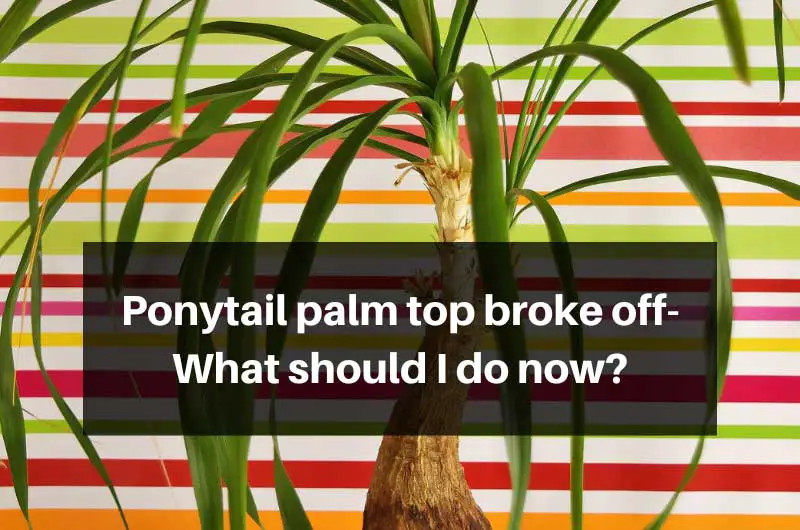
Why Ponytail Palm Top Broke Off
The Ponytail palm top may fall off due to improper handling during the shifting of houses, placing it in the moving truck, moving to a different tree location, or simply because it was being moved around.
Apart from this overwatering a Ponytail palm also makes its trunk soft and leads to the plant being liable to top break-off. By absorbing too much water, the palm trunk becomes soft, and it can be easily broken.
Taller plants are more liable to top break-off damage. So make sure to provide a good lighting conditions to your plant, so that it grows uniformly. Bright indirect sunlight is an excellent source of light for Ponytail palms.
How to fix broken Ponytail palms?
Ponytail palms can’t root from the damaged top, making it difficult for the plant to grow from the broken part.
The top of the tree won’t grow, but the trunk may produce branches. It will take some time to grow, so patience and care are necessary. The trunk may also pop out a baby ponytail, another possibility when the palm tree matures.
Here are the steps which you should follow to deal with the broken Ponytail palms.
- You should make a sharp cut below the breakage point on the stem. You can use sterilized sharp scissors to prevent any infection.
- You can also repot the plant with fresh potting soil after checking the root system.
- If there are any signs of root rot or any root-bound symptoms appear, then you should definitely repot your plant. Otherwise, you can grow it in the same pot also.
- Make sure that the potting soil is well drained and well aerated.
- Now you know that the important part is caring. These palm trees need indirect sunlight or filtered light to grow.
- They also require water so they can stay moist. But make sure that don’t water these palms too frequently. Water only when the soil is completely dry.
- Overwatering or soggy soil can also cause rotting of both root and stem, making the trunk soft, and liable for more trunk damage.
With proper care and maintenance, new shoots will start to emerge from the trunk at the sides.
It is obvious that it is a time taking process and it takes longer than usual time to emerge new branches. Till then you have to take proper care of your plant.
Factors that make your Ponytail palm weak and more liable to break off
Here are a few factors that make the Ponytail palm plant weak and more liable to damage.
1. Plant Dehydration
In the summer heat, your plant might need more water. Your Ponytail palm may have become dry. If the leaves turn brown or crispy, it could indicate plant dehydration. As a sign that it is stressed, dehydrated leaves will curl up.
This is a common symptom if the plant goes for a few weeks without water. In the summer heat, it is common to under-water your plant. You can test the soil by testing it with your naked fingers.
2. Nutrient Deficiency
Before you buy fertilizer, make sure to check your soil.
Yellowing leaves may alarm you. This is an indication of nutrient deficiencies and should be corrected immediately. You will need to add fertilizer to the potting mix for succulents and cacti.
A test kit is available at most garden supply shops. Before you buy quality plant food, make sure to test the soil. A lack of manganese or magnesium can cause the yellowing of the leaves. After you have received the results, select a fertilizer with more of the soil’s missing nutrients.
3. Over-Fertilizing
To avoid over-fertilizing, it may be a good idea to dilute fertilizer. Too much fertilizer can lead to a variety of problems. The tips of the leaves will begin to turn a dark brown color.
Ponytail palms require fertilizer that is suitable for cacti. Although you may be excited to see more growth, you must give fertilizer only during active growing periods (spring through fall). To give your plant the rest it requires, stop fertilizing in winter.
4. Frost Damage
Low temperatures can cause leaves to turn brown or black. These plants are desert-dwelling and can experience harsh winters. You should bring in your favorite Ponytail palm if it is on your porch. Your plant will die if the temperature outside is below 20 degrees Fahrenheit.
Your plant’s trunk may begin to rot from top to bottom. The plant’s trunk may appear mushy or soft due to ruptured tissue from ice crystals.
5. Shrinking Trunk
A shrinking trunk could indicate underwatering. A shrinking trunk signifies that your Ponytail palms are suffering from dehydration. However, this can cause concern. The caudex is the swollen little area at the base of the trunk where the plant stores its water. The caudex is a part of the plant that absorbs water and stores it for future use.
It’s okay for the trunk to shrink slightly as long as it isn’t too dramatic. As this can indicate that something is not right, the caudex shouldn’t be too soft or mushy. The best time to care for your caudex is when planted. Choose a container slightly larger than your caudex, and increase in size as your plant grows.
Best Ponytail Palm Care Tips
Check out some effective ponytail palm care tips below:
Soil: The ideal potting mix is for succulents and cacti are good for Ponytail palms. The soil mixture must be well-drained. Beaucarnea is a succulent that does not like to be in wet soil.
Ideal potting soil combinations include sand, perlite, and potting soil.
Watering: Water the plant every 3-4 weeks. Ponytail palm plants prefer soil that is slightly dry all year. Beaucarnea recurvata should be fully watered before it can dry out.
Humidity: Ponytail palms can tolerate humidity levels between 40-50%. This succulent plant does not require high humidity.
Fertilizer: Two times a month, fertilize a Ponytail palm during the spring and summer growing seasons. You must use half-strength fertilizer. When the plant is in bloom, do not fertilize it. Avoid fertilizing in winter and autumn.
Light: A Ponytail palm should be lit with bright indirect lighting. Avoid direct sunlight, but place the Ponytail palm in a bright spot like a south-facing window. If the plant gets too much sun, yellowing leaves, and brown tips are signs.
Growth: They can grow to approximately 8 feet and a width of 5 feet if grown outside. They can only reach 3 feet in height indoors. Rare specimens outdoors can reach 30 feet.
Ponytail palm plants are also known as the Elephant tree or Elephant’s foot palm. It is slow growing. They will remain small if they are kept in small pots. Give them room to grow by giving them a larger pot every two years.
Potting: Repot Beaucarnea recurvata every two years. The Ponytail palm is a hardy plant that won’t die if moved to a new container. If you can, use a clay pot to soak up excess water.
The Ponytail palms will grow larger if the pot is larger than the previous one. When repotting, choosing a pot a few inches larger than the one before is best.
Final Thoughts
So, we have discussed some reasons which cause your Ponytail palm top to break off with some solutions to fix it. This plant is easy to grow and can tolerate a variety of conditions. It is also a great choice for beginners. Ponytail palms in containers will grow slower than in the ground.
They can survive for many years without needing to be moved. It will grow in height and girth if moved to a bigger pot. Lastly, they can live a very long life and often outlive their owners.

